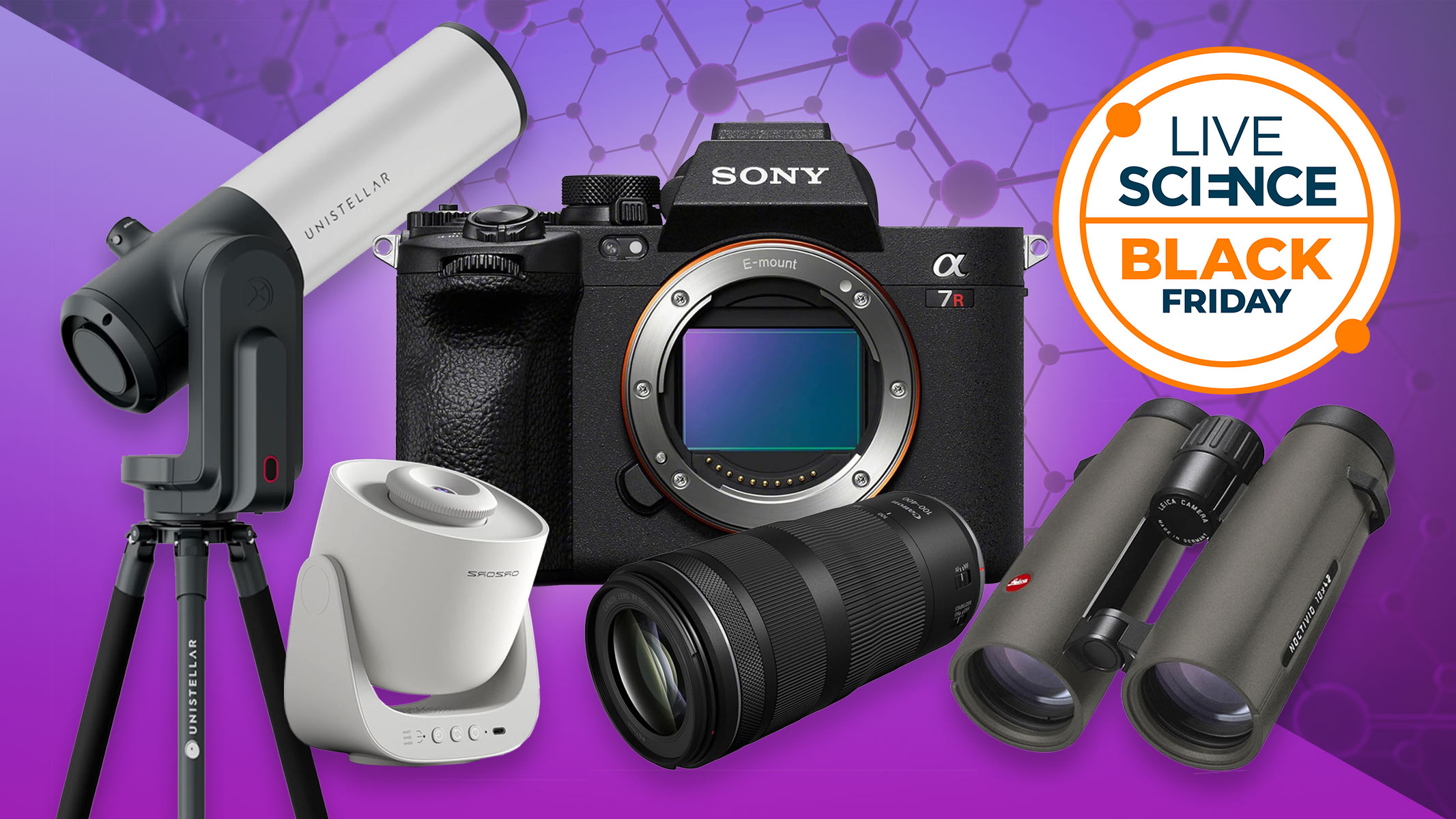
Get ready to look up on Thanksgiving night. According to the National Oceanic and Atmospheric Administration (NOAA), millions of people in the U.S. and Canada may have a chance to see the Northern Lights on Thursday (Nov. 28) and Friday (Nov. 29) as a solar storm hurtles toward Earth.
According to NOAA's Space Weather Prediction Center, a huge concentration of solar particles called a coronal mass ejection (CME) launched from an active sunspot on Monday (Nov. 25) and has a good chance of striking Earth on Thursday or Friday, triggering a minor to moderate geomagnetic storm.
If the CME strikes our planet's magnetic field as NOAA predicts, charged particles will skitter toward the planet's magnetic poles, energizing atmospheric molecules along the way and forcing them to emit energy in the form of colorful light — also known as an aurora. According to NOAA, the aurora may be visible in every state all along the U.S.-Canada border, from Maine to Washington, and possibly even further south. The agency shared this map of predicted aurora visibility along with a geomagnetic storm alert.
Geomagnetic storms are disturbances in Earth's magnetic field, or magnetosphere, triggered by powerful infusions of solar energy. Besides causing auroras to appear at much lower latitudes than usual, these storms can also result in power grid disturbances, GPS issues, satellite malfunctions and high-frequency radio blackouts. Fortunately, NOAA predicts the incoming storm will be of G1 or G2 strength — the lowest levels on the five-tier scale used to measure geomagnetic storm intensity. No preparation or precautions are necessary.
Related: Aurora activity is just getting started. Here's why the best northern lights are yet to come.


Black Friday camera deals live: Plus, savings on telescopes, binoculars and stargazing accessories
You can also grab the latest discount on science kits, air purifiers, electric toothbrushes and more, as recommended by our expert testers and editors.
There's also a chance that the CME will miss Earth entirely, NOAA noted, resulting in no geomagnetic storm or auroras this week. Researchers won't know for sure until the CME comes much closer to Earth on Thursday.
In general, the best way to see the Northern Lights is to get as far from artificial light pollution as possible, and simply look up. Auroras are visible to the naked eye, but may look even more crisp and colorful through a smartphone camera. No telescope or binoculars are necessary to enjoy the Northern Lights — however, Black Friday may be the best day of the year to snag a great deal on skywatching equipment if you have any interest in viewing planets, comets, galaxies or the full moon up-close.
Auroras, CMEs and general solar weather occur more often during the peak of the sun's 11-year activity cycle, known as solar maximum. NASA and NOAA jointly announced the beginning of the current cycle's solar maximum on Oct. 15, noting that solar activity is likely to remain high for at least a year. That means many more chances to spot the aurora through 2025, even if the Thanksgiving lights are a no-show.







